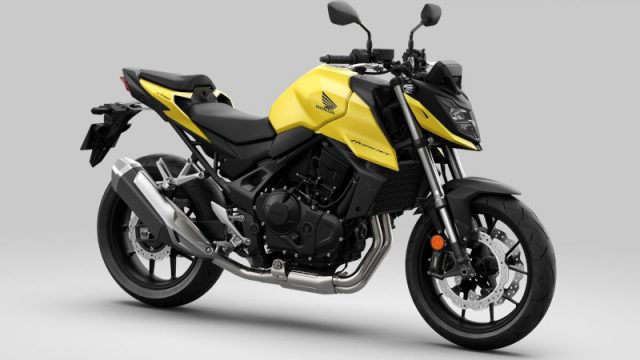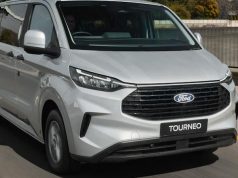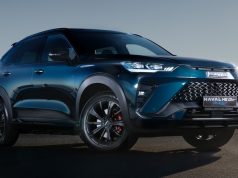Every owner had a reason why the original Honda Hornet was so good, but two things remained constant: It was great fun to ride and affordable too. Now the Hornet flies again, as the new Honda CB750.
The original 1998 CB600F Hornet grew to be a hugely popular bike, for many reasons. Its compact, naked form was nimble around town, and it had the power and handling prowess to carve corners with enthusiasm. Different iterations of the Hornet took it in the direction of sports touring, while a 2007 upgrade added extra RR-derived top-end power.
Twenty-five years is a long time and motorcycling has seen big shifts since the first Hornet arrived. The newcomer has big tracks to fill and serious competitors to contend with. None of which was lost on Honda’s development engineers.
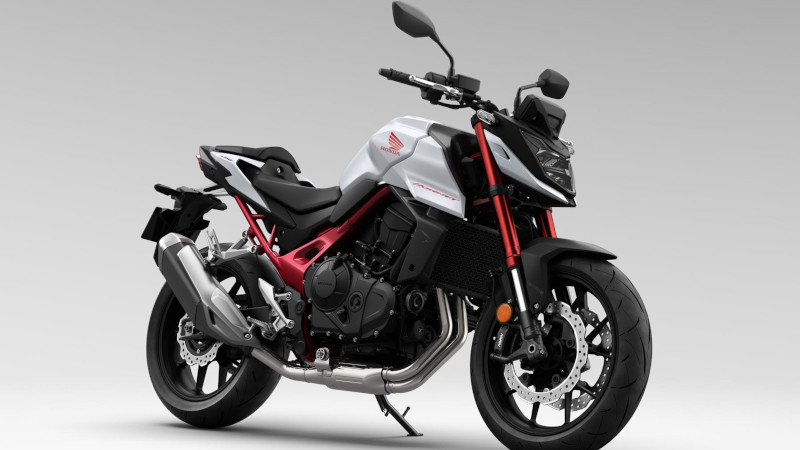
Conception
This background has driven the creation of something quite special, Honda says – a brand new middle-weight naked, the CB750 Hornet, which takes inspiration and direction from its ancestor but brings the Hornet right up to date.
A totally new twin-cylinder engine hits hard with power and torque and features a comprehensive electronics package. High-quality Showa suspension works through a new, lightweight steel frame. A minimalist look with uncompromising angles defines a sharp, modern streetfighter style.
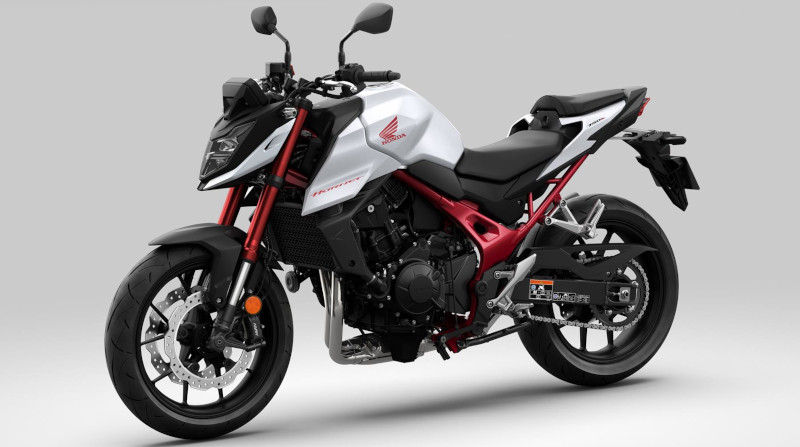
Fuyuki Hosokawa, Test Project Leader of Honda Research and Development has this to say:
“Before starting this project, we thought long and hard about what kind of performance we wanted to give the rider. We knew that it was essential to keep the classic Hornet top end power ‘hit’ and at the same time, as a new generation Hornet for modern times, we wanted the engine to have a really strong torquey feel and ‘throbbing’ sensation at low to mid rpm. Our aim has always been to match these to the lightest, most agile handling possible, to make every ride – even in town – as engaging and fulfilling as possible.
“To get the kind of performance and lightweight handling, we knew we had to develop an all-new short-stroke twin-cylinder engine, with a 270° crankshaft. This would not only deliver that top-end rush, but also the sporty low-down torque, ideal for riding in urban environments and powering out of corners on the open road,” Hosokawa adds.
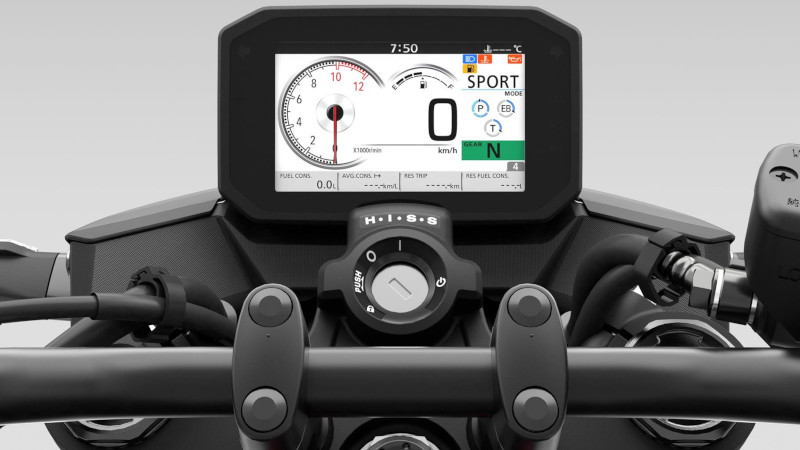
Model overview
The Hornet’s brand-new engine packs a great deal of Honda’s engineering prowess into a small space. Headline numbers: 755cc parallel twin-cylinder, 67.5 kW peak power and 75 Nm torque. With a wet weight of 190 kg, it has a class-leading power-to-weight ratio of 0.36 kW per kg and 2.81 kg per kW.
The 270° crank delivers feel and character; the primary drive doubles as balance shaft while an assist/slipper clutch manages a six-speed gearbox. Electronic rider aids include Throttle-by-wire (TBW) with 3 riding modes (plus USER mode), 3-level Honda Selectable Torque Control (HSTC), Wheelie Control with 3-level Engine Power and Engine Braking adjustment.
[mailchimp_list]
For optimal agility and rider feedback, suspension is top quality: Showa 41mm SFF-BP™ upside-down forks and a rear shock operating through Pro-Link. Dual four-piston, radial-mount calipers stop hard while the tyres are sized to provide perfect levels of grip and agility – a 120-section front matched to a 160 rear.
All lighting is LED; the indicators auto cancel and also include Emergency Stop System (ESS).
A range of accessories, including a quick-shifter, soft luggage, engine protectors and cosmetic enhancements are ready to go.
Fuel consumption of 4.35 litres/100km (23 km/litre) offers a potential range of over 340 km from the 15.2 litre fuel tank.
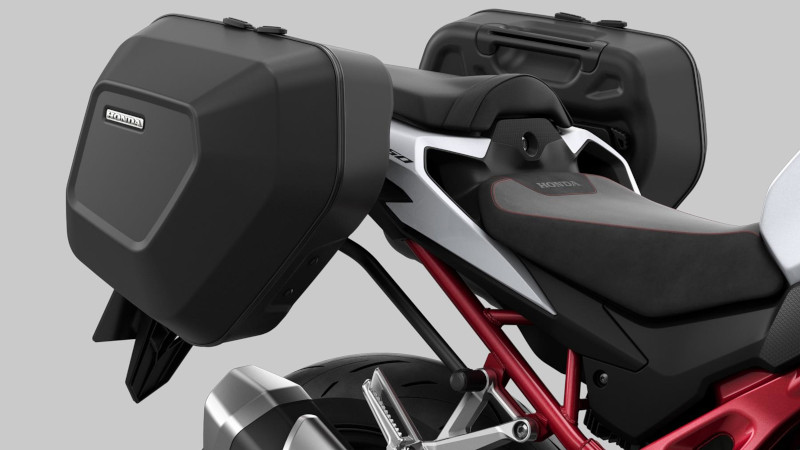
Engine electronics
Throttle By Wire engine control offers three default riding modes, adjusting the engine’s delivery and feel to suit conditions and the rider’s intent; they’re easily switched and managed between the left handlebar mode switch and TFT screen.
There are 3 levels of Engine Power (EP), Engine Brake (EB) and Honda Selectable Torque Control (HSTC) with integrated Wheelie Control available; HSTC can also be switched off. The riding modes, Sport, Standard and Rain, offer different combinations of each parameter.
Styling and equipment
The signature design element is the fuel tank, which takes inspiration from the shape of a hornet’s wing.
The seat height is a manageable 795mm and the riding position upright, with slightly rear-set footpegs for natural control and wide handlebars for leverage.
The instruments comprise a 5-inch, full colour high-visibility TFT screen, which offers four types of speed/rpm displays.
Also incorporated into the interface is the Honda Smartphone Voice Control system, which links the rider to their smartphone while on the move and allows voice management of phone calls, messages, music and navigation. A helmet-mounted headset is needed, and the smartphone connects to the dash via Bluetooth; management of Honda Smartphone Voice control is also possible using buttons the left switchgear.
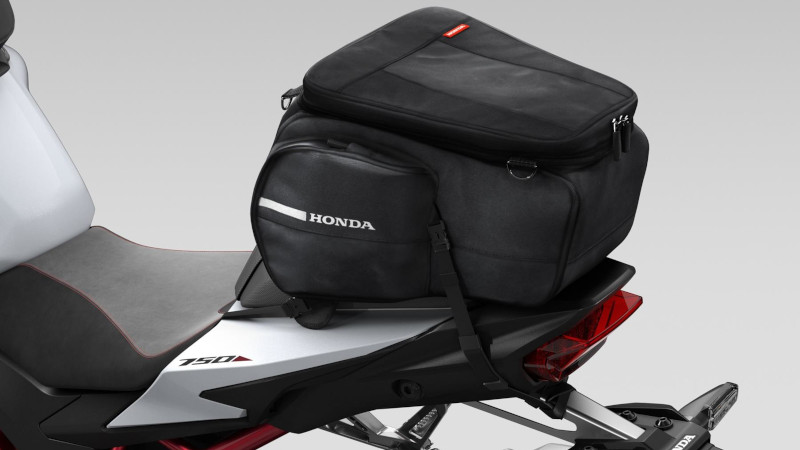
Chassis
The Hornet’s frame is lightweight, at just 16.6 kg (for comparison, the CB650R’s is 18.5 kg).
With a view to heighten sports handling performance (especially braking from higher speeds) Showa 41mm Separate Function Fork Big Piston (SFF-BP™) USD forks are clamped by Hornet-specific top and bottom yokes.
The rear shock absorber operates through the steel swingarm via Pro-Link and offers 150mm travel. Its design ensures excellent response and temperature management; it features 5-stage preload adjustment with spring rate and damping settings optimised to match the forks.
Dual front 296mm discs and Nissin radial-mount, four-piston calipers deliver impressive, fingertip stopping power, with excellent progressive feel through the lever. The front wheel width is 3.5 inches, wearing a 120/70-ZR17 tyre. The rear is 4.5 inches, with 160/60-ZR17 tyre.
Accessories
A full range of accessories are available for the Hornet.
For aggressive sports riding, or more relaxed touring a quickshifter offers instant, full throttle upshifts and clutch less downshifts with auto blip function.
A tank bag and seat bag provide soft-luggage convenience, while a new rear pannier design offers hard-luggage security. For rider comfort, heated grips are also available as an option.
PRICE: R179 999
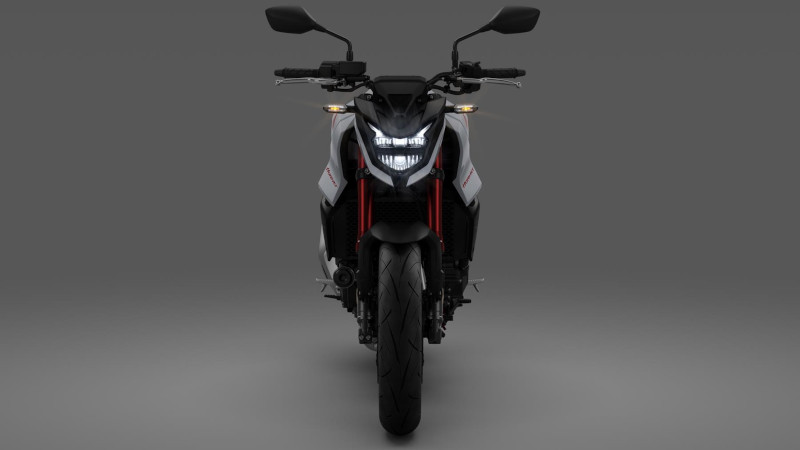
Specifications
Engine type: Liquid-cooled OHC 4-stroke 8-valve Parallel Twin with 270° crank and uni-cam
Engine displacement: 755cc
Bore x stroke: 87 mm x 63.5 mm
Compression ratio: 11.0:1
Max. power output: 67.5 kW @ 9 500 rpm
Max. torque: 75 Nm @ 7 250 rpm
Max. speed: 205 km/h
Carburation: PGM-FI electronic injection
Fuel tank capacity: 15.2 litres
Fuel consumption: 23km/l (4.35l/100km)
Clutch type: Wet multiple, assisted slipper clutch (optional)
Transmission: 6-speed manual
Final Drive: Chain
Seat height: 795 mm
Kerb weight: 190kg
Suspension front: Showa 41mm SFF-BPTMTM USD, 130mm travel
Suspension rear: Mono-shock damper, Pro-Link swingarm, 150mm travel
Wheel front: 5Y-Spoke Cast Aluminium
Wheel rear: 5Y-Spoke Cast Aluminium
Tyre front: 120/70ZR-17
Tyre rear: 160/60ZR-17
Brakes: 2 channel ABS
Brakes front: Dual 296mm x 4mm disc with Nissin radial mount 4 piston calipers
Brakes rear: Single 240mm x 5mm disc with single piston caliper
Instruments: TFT screen, auto indicator cancel
Headlight and DLR: LED
Taillight: LED
Connectivity: HSVC and USB Type C
Security System: HISS
Price: R179 999


